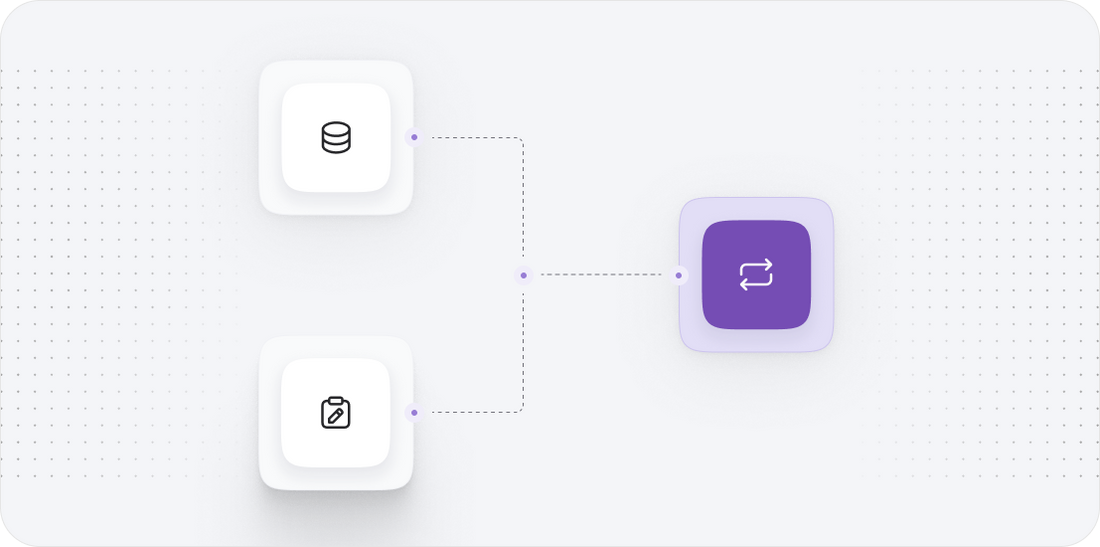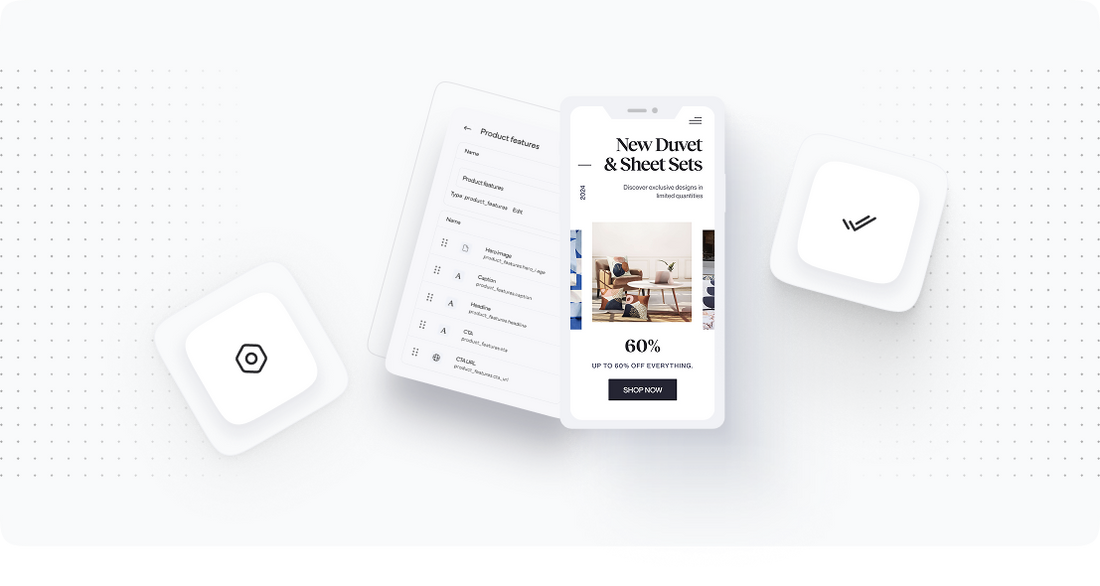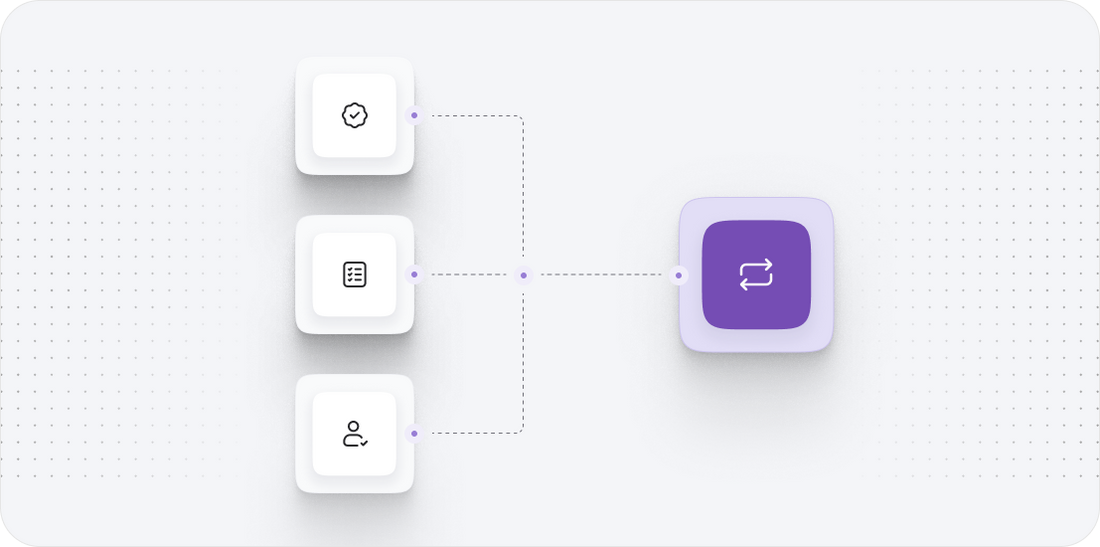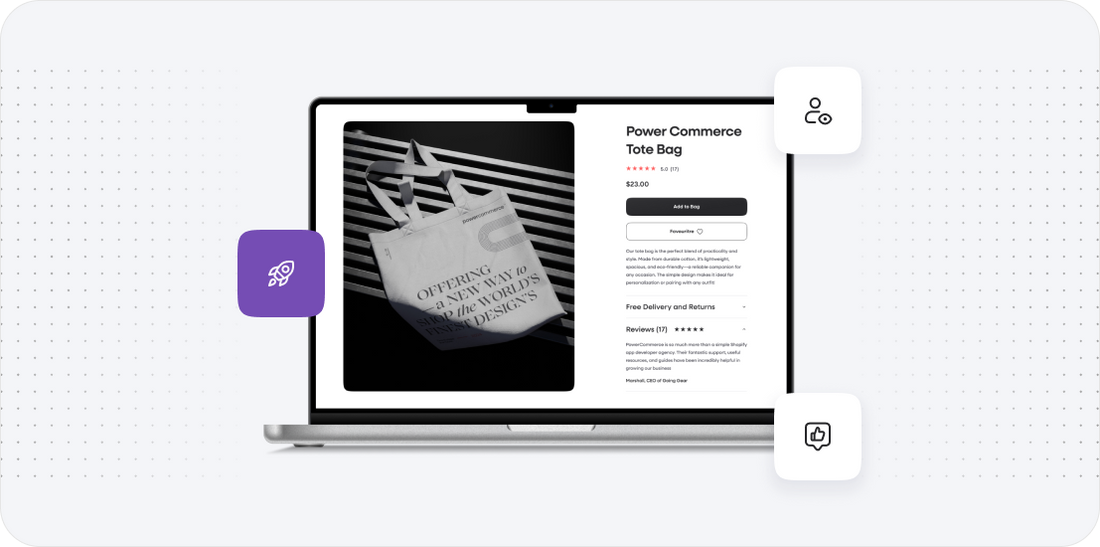





Craft commerce to Shoptet
Migrating your store from Craft commerce to Shoptet might seem daunting, but with proper planning and the right tools, it's a smooth process. Follow this step-by-step guide to ensure a successful transition.
Schedule a call
Step-by-Step Migration Guide: Craft Commerce to Shoptet migration guide
Step 1: Analyze Your Current Craft Commerce Setup
In this initial step, we will conduct a thorough analysis of your current Craft Commerce setup, identifying essential data points and features that need to be migrated to Shoptet.
Step 2: Prepare for Data Export from Craft Commerce
This step involves preparing your data for export from Craft Commerce, ensuring all necessary data points are exported correctly for migration to Shoptet.
Step 3: Set Up Your Shoptet Account
In this step, we will create and configure your Shoptet account, preparing it to receive the data exported from Craft Commerce.
Step 4: Import Data into Shoptet
We will now import the exported data from Craft Commerce into your new Shoptet account, ensuring all necessary data points are accurately transferred.
Step 5: Configure Shoptet Settings and Customizations
After importing data, we will configure Shoptet settings and make necessary customizations to align the store with your brand identity.
Step 6: Quality Assurance and Testing
We will conduct thorough testing of the newly set up Shoptet store to ensure all functionalities are working properly before going live.
Step 7: Launch Your Shoptet Store
In this final step before our call-to-action, we will prepare to launch your newly migrated Shoptet store and promote it to your audience.
Power Your Step - Get in Touch
Contact PowerCommerce for expert migration support and take the next step in your ecommerce journey.
Step 1: Analyze Your Current Craft Commerce Setup
Before embarking on the migration journey from Craft Commerce to Shoptet, it is imperative to perform a comprehensive analysis of your existing Craft Commerce setup. This analysis will serve as the foundation for a successful migration, ensuring that no critical data or functionality is overlooked.
Our primary objectives in this step include:
- Cataloging data types and structures currently in use, such as products, customer data, orders, and configurations.
- Identifying any custom features or plugins that need to be replicated in Shoptet.
- Evaluating the current hosting environment and its performance metrics.
- Understanding the specific business processes that rely on Craft Commerce functionalities.
To effectively analyze your Craft Commerce setup, we recommend the following procedures:
- Data Inventory: Create a detailed inventory of all data types, including products, categories, customers, orders, and any digital assets. Use tools like Excel or Google Sheets to organize this information for easier reference.
- Custom Functionality Assessment: Document any custom features or plugins that are currently in use. Identify their purpose and how they integrate with the existing ecommerce workflow.
- Performance Review: Assess the current hosting provider’s performance metrics, including uptime, load times, and bandwidth usage. This information will be useful when selecting a suitable hosting plan within Shoptet.
- Stakeholder Feedback: Engage with key stakeholders to gather insights and feedback on what features are most critical to the business. This feedback will guide the migration prioritization process.
By completing this analysis, we will have a clear roadmap of what needs to be migrated, allowing us to move to the next step with confidence.

Step 2: Prepare for Data Export from Craft Commerce
Once we have a complete inventory of the existing Craft Commerce setup, the next step is to prepare for data export. This process involves extracting all relevant data from Craft Commerce, ensuring that it is formatted correctly for import into Shoptet.
Our key objectives in this step include:
- Exporting products, customer data, order history, and other essential information.
- Ensuring data integrity and accuracy during the export process.
- Preparing the exported data in a format compatible with Shoptet’s import requirements.
To effectively prepare for the data export, we will follow these steps:
- Access Craft Commerce Admin Panel: Log in to your Craft Commerce admin panel and navigate to the relevant sections to export data. This typically includes Products, Customers, and Orders.
- Utilize Built-in Export Tools: Use the built-in export tools provided by Craft Commerce to export data. Most data types can be exported as CSV files, which are widely compatible.
- Check Data Formats: Review the exported data formats to ensure they align with Shoptet’s import specifications. Common fields to verify include product names, prices, descriptions, customer details, and order history.
- Backup Data: Before making any changes, ensure you create a backup of your Craft Commerce database. This will allow you to restore the original data if needed.
Once we have successfully exported the required data, we will be ready to proceed to the next step: importing the data into Shoptet.

Step 3: Set Up Your Shoptet Account
With your data exported from Craft Commerce, the next crucial step is to set up your Shoptet account. This involves creating an account, selecting an appropriate plan, and configuring the initial settings to ensure a smooth migration process.
Here’s what we aim to accomplish in this step:
- Creating a Shoptet account and selecting a pricing plan.
- Configuring basic settings such as store name, currency, and payment options.
- Setting up essential integrations like shipping providers and payment gateways.
To set up your Shoptet account, follow these detailed steps:
- Sign Up for Shoptet: Visit the Shoptet website and click on the sign-up button. Fill in the necessary information to create your account, including your email address and password.
- Select a Pricing Plan: Choose a pricing plan that aligns with your business needs. Consider factors like the number of products, storage space, and features you may require.
- Configure Basic Settings: Once your account is created, proceed to the dashboard and configure your store’s basic settings. Set your store name, choose the default currency, and configure tax settings as needed.
- Integrate Payment and Shipping Options: Go to the integrations section and set up payment gateways (like PayPal, Stripe, etc.) and shipping options that fit your business model. Shoptet has a wide range of supported integrations.
By the end of this step, your Shoptet account will be fully set up and ready to receive the data from Craft Commerce.

Step 4: Import Data into Shoptet
With your Shoptet account set up and ready, we can now move on to importing the data previously exported from Craft Commerce. This step is critical to ensure that all product details, customer information, and order history are accurately transferred to the new platform.
Our objectives for this step are:
- Successfully importing all product data, customer records, and historical orders into Shoptet.
- Verifying the accuracy and integrity of the imported data.
- Resolving any potential issues that may arise during the import process.
The following procedures will help facilitate a smooth data import:
- Access Shoptet Import Functionality: Navigate to the Import section of your Shoptet account dashboard. This is typically found under the Settings or Tools menu.
- Upload Exported Files: Using the import tool, upload the CSV files exported from Craft Commerce. Ensure that you select the correct file type for each data category (products, customers, orders).
- Map Data Fields: During the import process, Shoptet may require you to map the fields from your CSV files to the corresponding fields in Shoptet. This step is crucial to ensure data is imported into the correct locations.
- Run Import Process: Initiate the import process and monitor its progress. Depending on the volume of data, this may take some time. Shoptet will provide feedback on any errors encountered.
- Verify Import Results: After the import is complete, review the data within Shoptet to ensure that all information has been accurately transferred. Cross-reference with your original data inventory for completeness.
In case of any discrepancies or errors, use the error logs provided by Shoptet to troubleshoot and correct any issues before moving on.

Step 5: Configure Shoptet Settings and Customizations
Once the data import into Shoptet is successfully completed, the next step is to configure the various settings and make customizations to ensure that your online store aligns with your brand identity and operational requirements.
The goals for this step include:
- Setting up store design elements such as themes, colors, and logos.
- Configuring shipping, tax, and payment settings to match your business model.
- Customizing functionality through Shoptet’s features and apps.
To configure Shoptet and make necessary customizations, follow these steps:
- Choose a Theme: Access the Design section in your Shoptet dashboard and select a theme that resonates with your brand. Customize colors, fonts, and layout settings to create a unique look.
- Upload Brand Assets: Upload your company logo, banners, and any other promotional materials that will enhance your store’s visual appeal.
- Configure Shipping and Tax Settings: Go to the Settings section and set up shipping methods, rates, and tax rules according to your business needs.
- Set Payment Options: Ensure that all payment gateways are properly configured and tested to facilitate smooth transactions. This includes setting up any necessary APIs or payment processing tools.
- Add Custom Features: Explore the Shoptet app ecosystem to find additional features that can enhance your store. Install and configure any apps that may be beneficial, such as marketing tools or customer engagement solutions.
By the end of this step, your Shoptet store will be fully configured and customized, reflecting your brand and operational requirements effectively.

Step 6: Quality Assurance and Testing
With the store configured and customized, it is essential to conduct a thorough quality assurance (QA) and testing phase before launching your new Shoptet store. This step will help identify and resolve any issues, ensuring a seamless shopping experience for your customers.
The primary objectives in this step are:
- Testing all functionalities of the Shoptet store, including product displays, cart operations, and checkout processes.
- Verifying data integrity to ensure that all imported data is accurate and complete.
- Conducting load testing to assess performance under various traffic conditions.
The following procedures outline how to effectively carry out QA and testing:
- Functional Testing: Go through each aspect of the store, including product listings, categories, and navigation. Add items to the cart and complete the checkout process to ensure everything functions as expected.
- Data Verification: Cross-reference the imported data against your original inventory to ensure that all product details, customer information, and order histories are intact and accurate.
- Load Testing: Use load testing tools to simulate traffic and assess how the store performs under high user loads. Monitor load times and responsiveness.
- Feedback from Stakeholders: Involve team members or select customers in testing the store. Collect feedback on usability and any issues encountered during their experience.
- Resolve Issues: Document any issues found during testing and address them promptly. This may involve adjusting settings, fixing data discrepancies, or troubleshooting functionality problems.
Completing this QA process will ensure that your Shoptet store is ready for launch, providing a reliable and user-friendly experience for your customers.

Step 7: Launch Your Shoptet Store
After completing the testing and quality assurance phase, we are now ready to launch your new Shoptet store. This step involves final preparations for going live and implementing promotional strategies to attract customers to your new ecommerce platform.
The key objectives for this launch phase are:
- Finalizing launch settings and configurations.
- Promoting the new store to existing customers and potential new audiences.
- Monitoring initial performance metrics post-launch.
To effectively launch your Shoptet store, follow these steps:
- Finalize Settings: Ensure that all settings are correctly configured for launch. This includes confirming payment gateways, shipping settings, and any promotional offers.
- Update Domain Settings: If you are using a custom domain, update your DNS settings to point to your new Shoptet store. Ensure SSL certificates are properly configured for security.
- Implement Marketing Strategies: Prepare marketing campaigns to announce your store launch. This may include email newsletters to existing customers, social media promotions, and online ads.
- Monitor Performance: Once the store is live, closely monitor performance metrics such as site traffic, conversion rates, and customer feedback. Use analytics tools to gather insights into user behavior and sales performance.
- Be Prepared for Support: Ensure your support team is ready to assist customers with any inquiries or issues that may arise during the initial launch period.
With these steps in place, you are now ready to officially launch your Shoptet store and embark on your ecommerce journey.

Power Your Step - Get in Touch
Are you ready to power your ecommerce business with a seamless migration from Craft Commerce to Shoptet? At PowerCommerce, we specialize in helping businesses like yours transition smoothly between platforms while ensuring all critical data is maintained and performance is optimized.
Don't hesitate to reach out to us for expert support:
- Visit our contact page to fill out our consultation form.
- Call us directly at 800-099-9090 for immediate assistance.
- Email us at info@powercommerce.com with any questions or concerns you may have.
Our team is dedicated to ensuring your migration is a success, providing you with the tools and support needed to thrive in the digital marketplace. Embrace the future of ecommerce with PowerCommerce!
Stay aligned on what's happening in the commerce world
Trusted by 1000+ innovative companies worldwide
Schedule Your Migration Today
For businesses prioritizing simplicity, scalability, and robust support, Shopify is the clear winner.
Looking to migrate without hassle? Power Commerce can handle the entire process, ensuring smooth data transfer, store setup, and post-launch success.
Marka Marulića 2, Sarajevo, 71000 BiH
00387 60 345 5801
info@powercommerce.com


